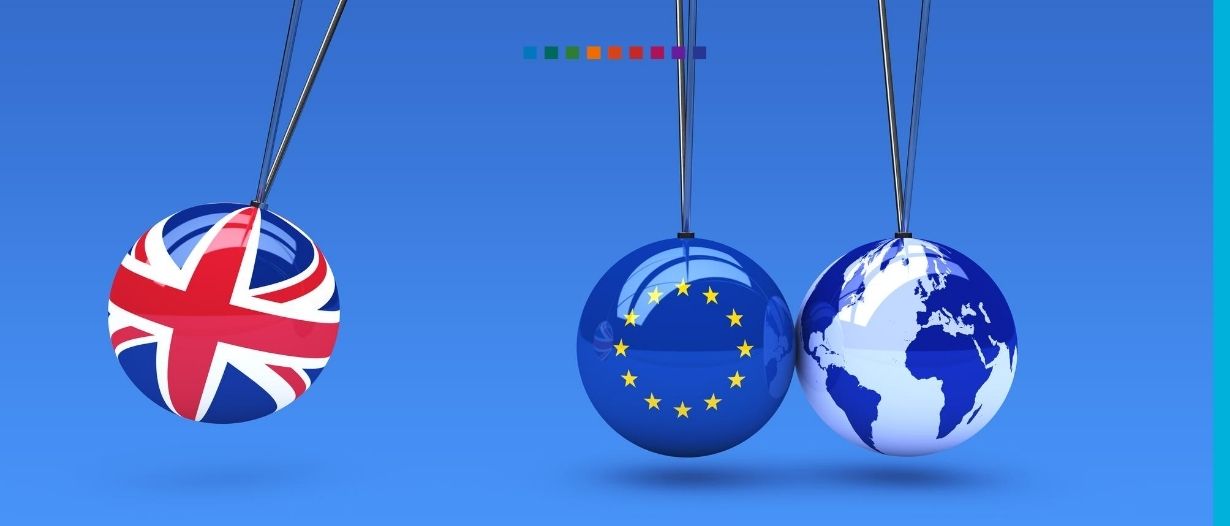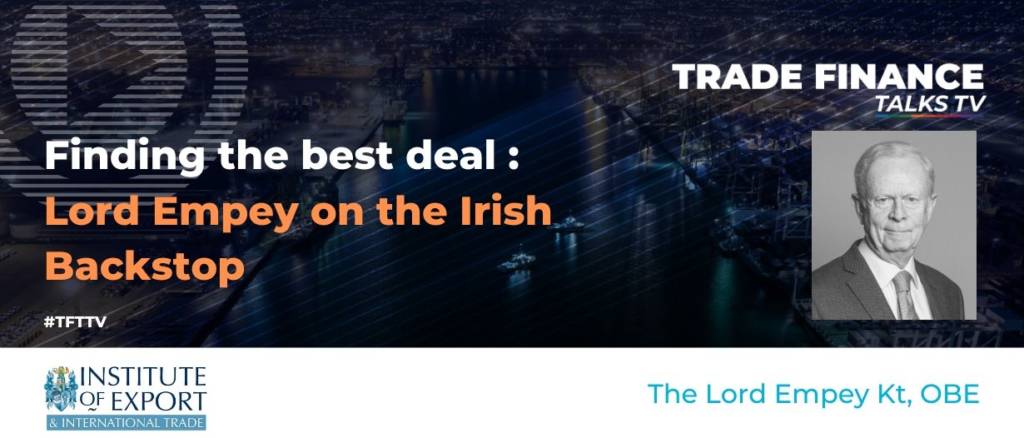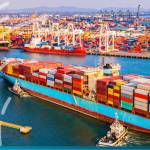Almost four years later, Brexit is complete. The UK and the EU reached an agreed Brexit deal on 30th December, 2020 – one day before the two parties were set to revert to WTO trading standards, and three and a half years since the UK’s initial referendum result. On 9th December, the Prime Minister’s Office released a statement “They [Prime Minister Boris Johnson, President Von der Leyen] acknowledged that the situation remained very difficult and there were still major differences between the two sides”, although some were ever confident it came down to the wire.
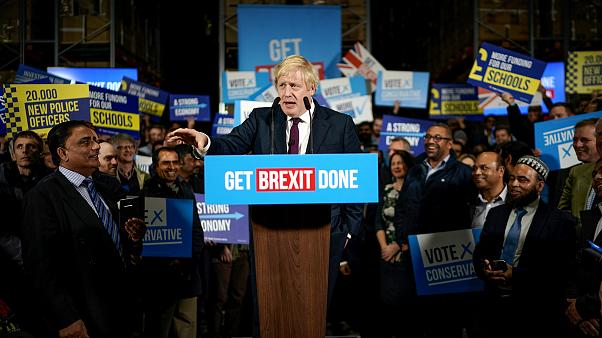
The fact remains that the UK now has an official economic, political and lawful agreed departure deal from the EU that depicts how the UK will now interact with both the EU and other trading nations. Most importantly, an Free Trade Agreement (FTA) has been agreed, meaning goods will be able to be traded between the two parties without tariffs or quotas as they have previously, almost.
“We have taken back control of our money, borders, laws, trade and our fishing waters”- Boris Johnson
Key Points
Although the past three and a half years of negotiations left little hope for anything other than a no-deal Brexit, the deal that has been agreed and delivered covers a vast range of area’s and an enormous volume of trade between the two sovereigns. Although this great amount of trade is exempt from any tariffs or quotas, it is now subject to a greater deal of checks and administrative requirements. Below we cover some of the key highlights of the Brexit deal, and what it will mean for UK businesses.
UK EU Free Trade Agreement:
The second section of the Prime Minister’s Office, 10 Downing Street’s release, covers the Trade and Cooperation Agreement, and highlights the agreement on “unprecedented 100% tariff liberalisation”. This specific aspect of the agreed deal ensures the UK’s access to the EU’s 500 million people single market. In 2019, the UK exported £294bn to the EU – equalling 46% of all UK exports. The same year, the UK imported £374bn from the EU, equalling 52% of all UK imports. Because the FTA covers this trade, it is the most comprehensive trade agreement the EU has ever achieved.
Although the trade of goods between the UK and EU will not have any tariff or quota (for now), they will require more documentation. There is an integral recognition of UK content originating from the UK in it’s own right, which is accompanied by the UK no longer having to follow EU product laws, regulations and specifications. As such, goods entering the EU will require full customs declarations, including proof of origin as above. The provisions on Rules of Origin is an important aspect for exporters.
As explained in our guide to Certificates of Origin as part of our Freight Forwarding Hub ‘The Rules of Origin are the criteria needed to determine the national source of a product. The rules are negotiated as part of a Free Trade Agreement (FTA) and are different under each FTA’. The creation of the UK as an ‘origin’ is important both for the initial promise of sovereignty, but also as it is something all UK businesses that export to the EU will now have to complete.
In addition to this, there is a new provision of Authorised Economic Operators (AEOs) in which each party recognises the respective party’s security and safety schemes. Because of this, AEOs that have been assessed by either party will face fewer checks in the context of security and safety when trading goods between one another – facilitating the flow of trade at the borders.
Podcast – Customs, the BOM and Ro-Ro – What Next for the UK?
There is of course no doubt that more paperwork is a significantly better outcome for both European and British businesses and the trade between them, however there have been some small impacts in the early stages so far. Some Marks and Spencer’s stores in Ireland for example were reported by Reuters to have empty shelves due to delays. There is an additional cost to businesses with the application of such bureaucratic processes where they did not previously exist, but again – many will be greatly relieved this is the only channel additional cost.
For SME’s there is a welcomed provision which includes obligations for both parties to provide “clear and accessible online information about the Agreement, helping them to trade and do business in each Party’s jurisdiction. This covers customs procedures, intellectual property rights and public procurement”. This information will be available through an online database provided by each party.
Chapter 1: General Provisions, Article SERVIN.1.1:Objectives and Scope of the EU-UK Trade and Cooperation Agreement reads “The Parties affirm their commitment to establish a favourable climate for the development of trade and investment between them”.
Generally, Services trade will continue in a similar manner to that explained above of goods trade – businesses will continue to operate without the need to establish a local presence to trade with one another but may face additional administrative requirements.
As the agreement reads “A Party shall not require a service supplier of the other Party to establish or maintain an enterprise or to be resident in its territory as a condition for the cross-border supply of a service.”. It goes on to solidify a “National Treatment” which lays foundation for the recognition of one another’s nation as equal to its own in the context of service trade provision. These are important factors, considering of the overall trade deficit of -£79bn the UK had with the EU at the end of 2019, there was a surplus of £18bn in services trade.
Market Access, National Treatment, Local Presence and the Prohibition of performance requirements, are all topics of obligations included in the Agreement, present in attempt to facilitate the levels of services trade. There is also a clause included that allows for future rigor and improvement to the provisions on investment and services trade – “ a commitment for the Parties to review the services and investment provisions, with a view to introducing future improvements.”- Prime Minister’s Office. Furthermore, the two parties have agreed to “codify the framework for regulatory cooperation in a Memorandum of Understanding”. This does result in a small degree of uncertainty for affected businesses, however much of the agreement indicates improvements to existing frameworks, rather than radical implementations of new infrastructure.
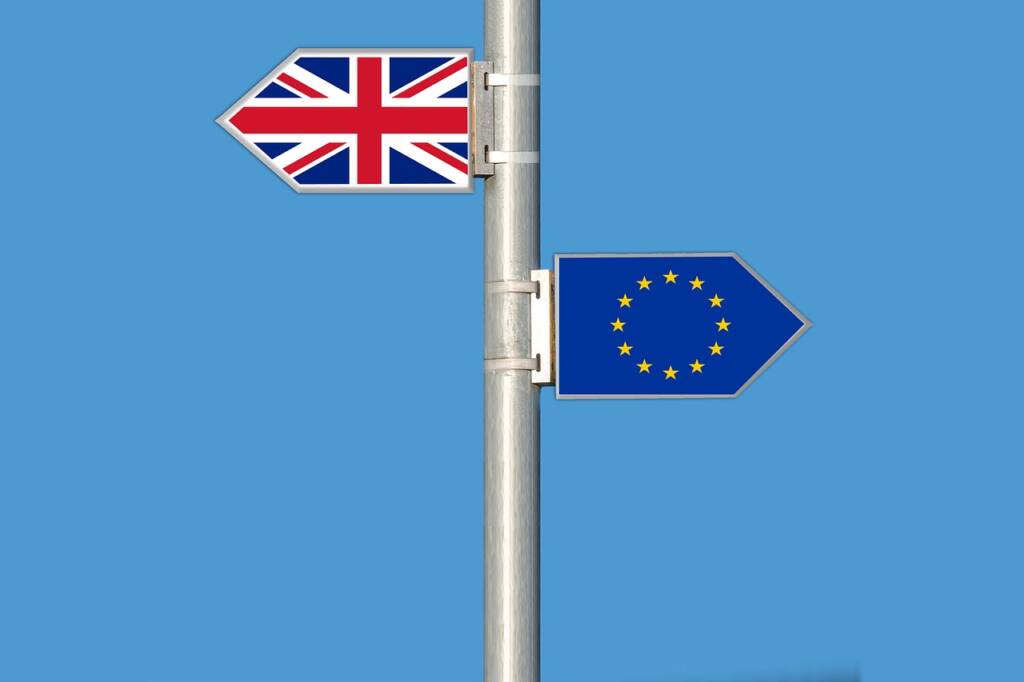
Taking back control?
The 2016 referendum on Brexit was rife with misinformation and misunderstanding of what Brexit actually meant. That isn’t to say there weren’t legitimate reasons for a British Exit, more that the UK’s economic and political relationship with the Union was so vast it was difficult to know what to expect from the get-go.
Nonetheless, following David Cameron’s departure, and later Theresa May’s, Vote Leave (headed by now Prime Minister Boris Johnson, joined by Michael Gove and Gisela Stuart) made initial promises on the following aspects:
- Take back control of our laws
- Take back control of our money (quoted “£350m weekly bill for the EU”)
- Take back control of our migration policy
With the deal now agreed, just how much does it align to the initial promises made by the Leave party?
On the topic of Laws, it can be argued that the Agreement does in fact give the UK full control of it’s own laws. In the Prime Minister’s own summary of the deal, he explains “Most importantly, the agreement provides for the UK to take back control of our laws, affording no role for EU law and no jurisdiction for the European Court of Justice. The only laws we will have to obey are the ones made by the Parliament we elect”.
Title I section 171: Dispute settlement of the Prime Minister’s office’s summary of the deal later goes on to explain “This Agreement includes dispute resolution mechanisms that are appropriate for a relationship between sovereign equals. This means that there is no role for the Court of Justice of the European Union”.
In regards to the UK’s money, it is reported by the Office for National Statistics that the UK’s gross contribution to the EU totalled £20bn. This figure is offset by an abatement (adjustment) of £4.5bn, leaving a net result of £15.5bn. The ONS explains there are other avenues in which the EU transferred sums into the UK through various schemes and funds that in 2018 were equal to £4.5bn, leaving a true net contribution of £11bn. From 2014 to 2018, the average net contribution to the EU was £7.8bn, with £5.6bn in EU funded credits and a further £4.6bn in abatement.
With Brexit now complete, it is true the UK is no longer required to continue those payments, however the same can be said for the EU. The proposed deal put forward by Theresa May, which was dismissed by the Houses of Commons included the continued upkeep of EU funded programmes in the UK. Commons Library indicates “Following the UK’s exit from the EU in January 2020, EU funding programmes generally remain open until the end of the transition period in December 2020. After this point, new funding will cease, although any funding programmes that have already been agreed will continue to run until their normal closure. The UK Government has put some measures in place to replace this funding”.
Regarding migration, the UK have agreed to and secured a points-based immigration system. Gov.uk states “The UK’s points-based system treats EU and non-EU citizens equally and aims to attract people who can contribute to the UK’s economy. Irish citizens can continue to freely enter, live and work in the UK. Free movement with the European Union (EU) ended on 31 December 2020 and there are new arrangements for EU citizens.”. Essentially, those looking to migrate to the UK will be awarded points for particular skills and qualifications which will contribute toward the success of the application.
The devil is in the detail
The details of this deal will be long discussed. It is still relatively early and with the impacts of COVID on international trade and travel levels, it could be said the new processes and requirements for UK EU trade have not yet fully faced the test.
What can UK Businesses expect? A signed and agreed FTA is a sigh of relief for many. It is a significant reduction in the uncertainty that UK businesses have experienced over the past three and a half years, but they should also expect more ‘red-tape’ and a greater deal of administrative requirements when trading with the EU.
On a macro level for the UK exporting community, this deal will be a much-needed injection of hope going into 2021. There may be other costs to doing business with the EU, however it won’t be through any form of tariff or quota, and considering how close the two parties were to a no-deal exit, the Agreement provides stability.















